I’ll put a case to you, as lawyer Jaggers did hypothetically to young Pip in Great Expectations. Put the case that a boat should be designed, and that this boat should be handy under oars. Put the case that this boat should also sail well, and further that it should accommodate a small outboard motor off the transom, should some unknown person desire to do so. Put the case, as well, that this boat must be detachable into two halves that may “nest” one inside the other so as to be hauled aboard and lashed down in the smallest possible space on the crowded deck of a long-distance cruiser, and therefore must be very light yet equally very strong. Put the case that this boat must also be attractive, and put that last case to yourself very carefully. These expectations are great, indeed.Compromising to resolve such thorny conflicts is the intellectual challenge that Russell Brown, a designer and boatbuilder of Port Townsend, Washington, took on in working up a nesting dinghy that has one further twist: he wanted his company, PT Watercraft, to be able to market the boat as a kit that could be built by amateurs.The result is impressive. Brown has been working a long time in lightweight boat construction, with an eye toward engineered solutions tending toward minimalism. Using thin plywood and powerful epoxy to best advantage, he strives for construction that is light in weight yet very strong, as many others have in using these techniques. He also spent a good part of his youth cruising the world’s oceans, first with his parents and later on his own, so he has direct practical experience of what works and what does not.
Join The Conversation
We welcome your comments about this article. If you’d like to include a photo or a video with your comment, please email the file or link.
Comments (3)
Leave a Reply
Stay On Course

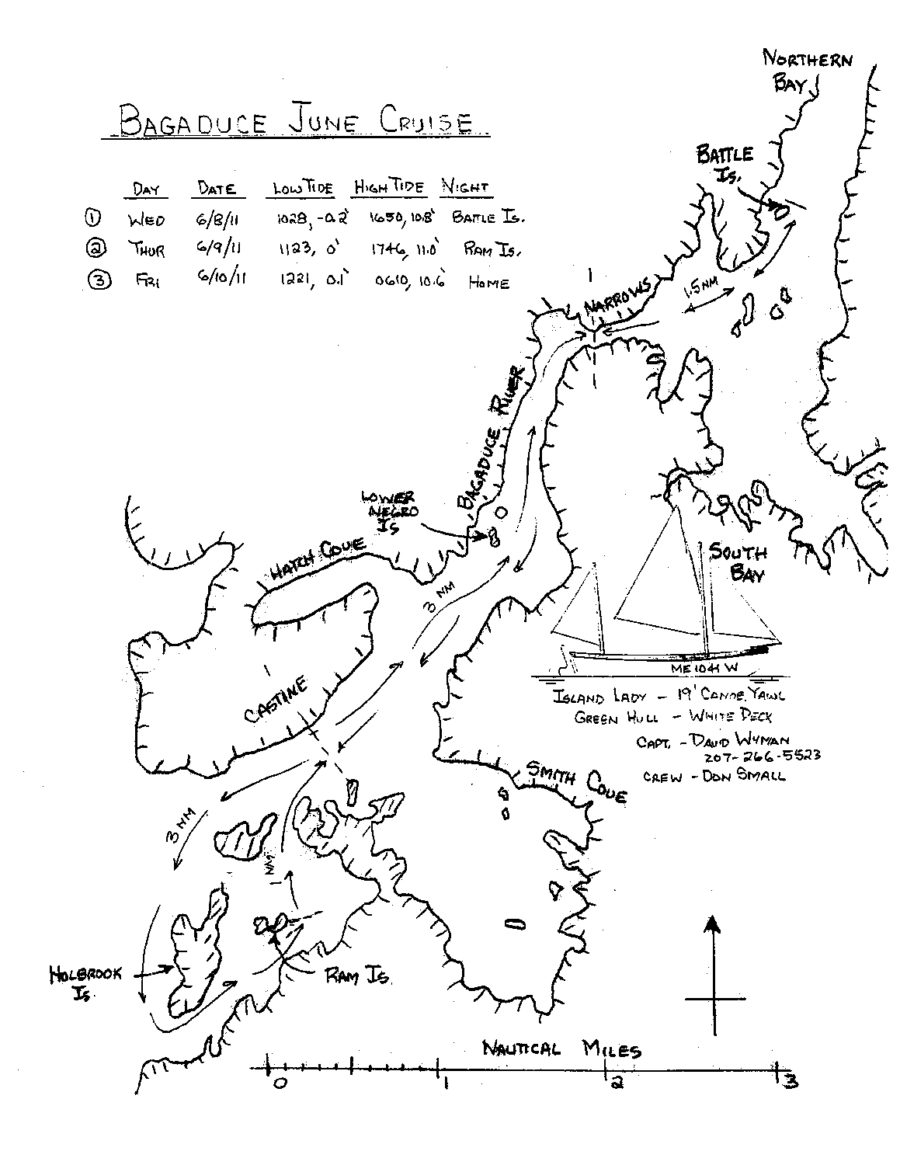
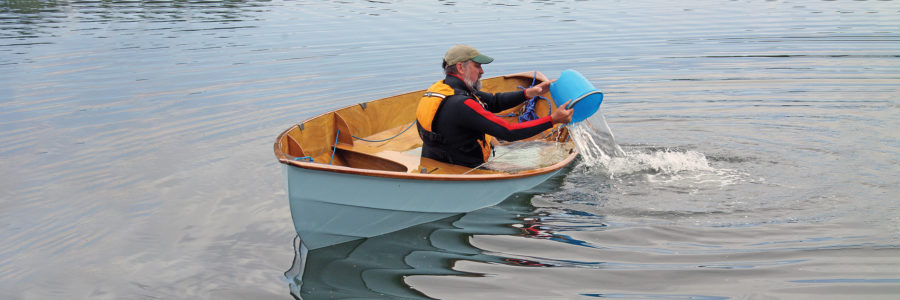

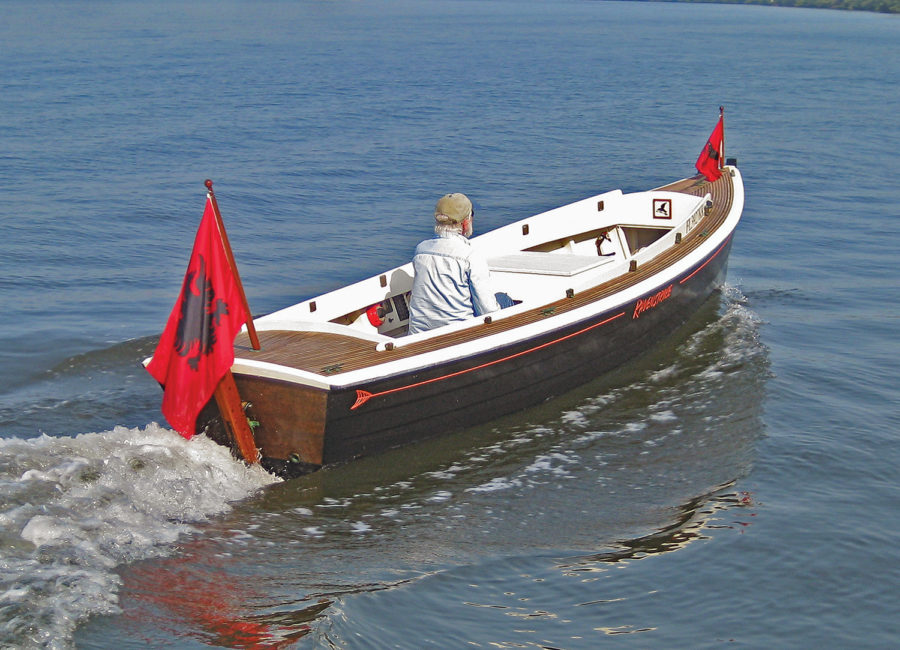
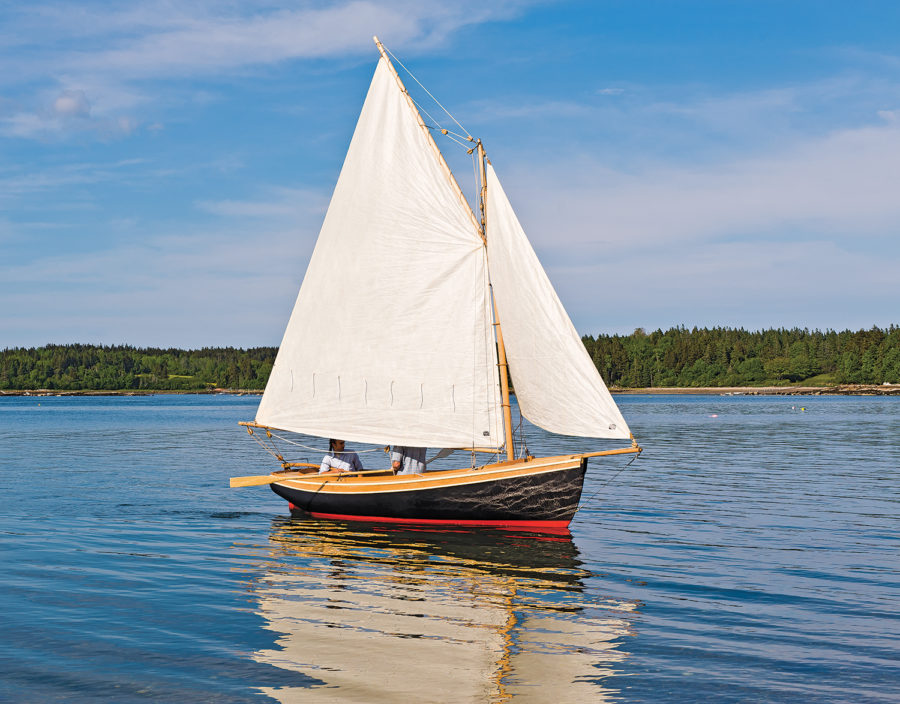
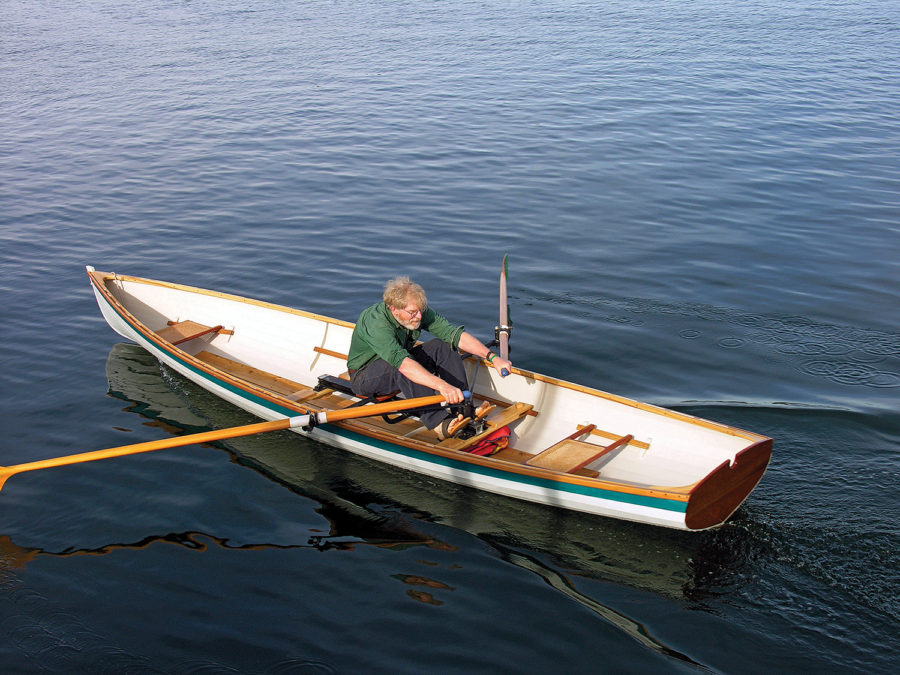
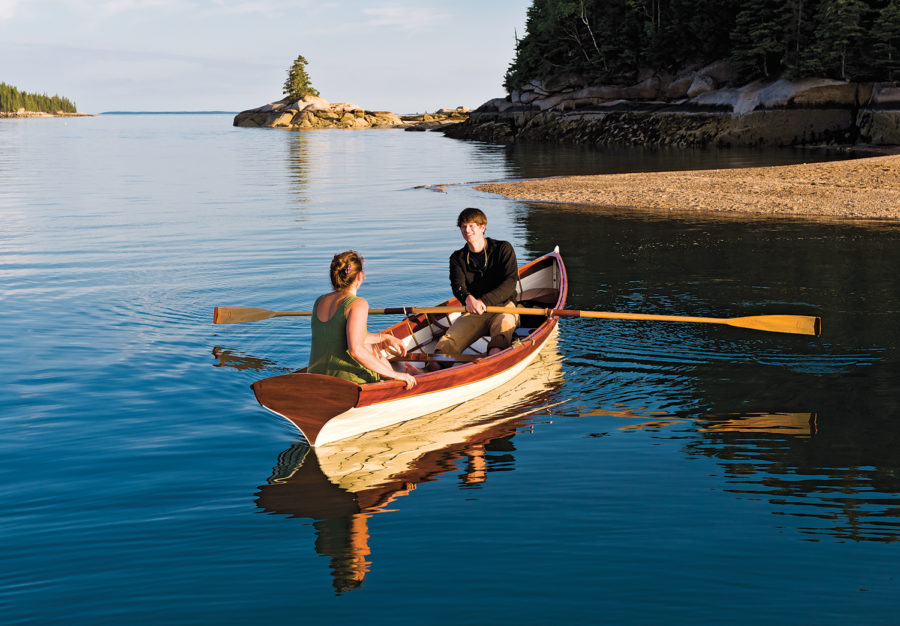
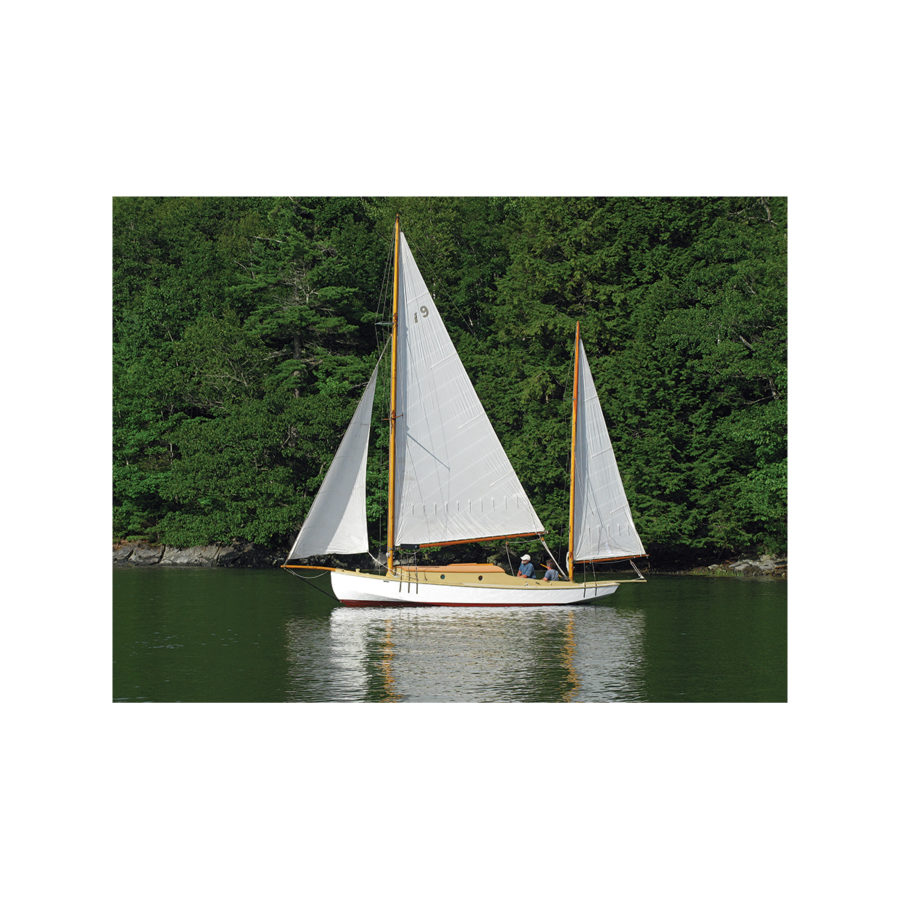
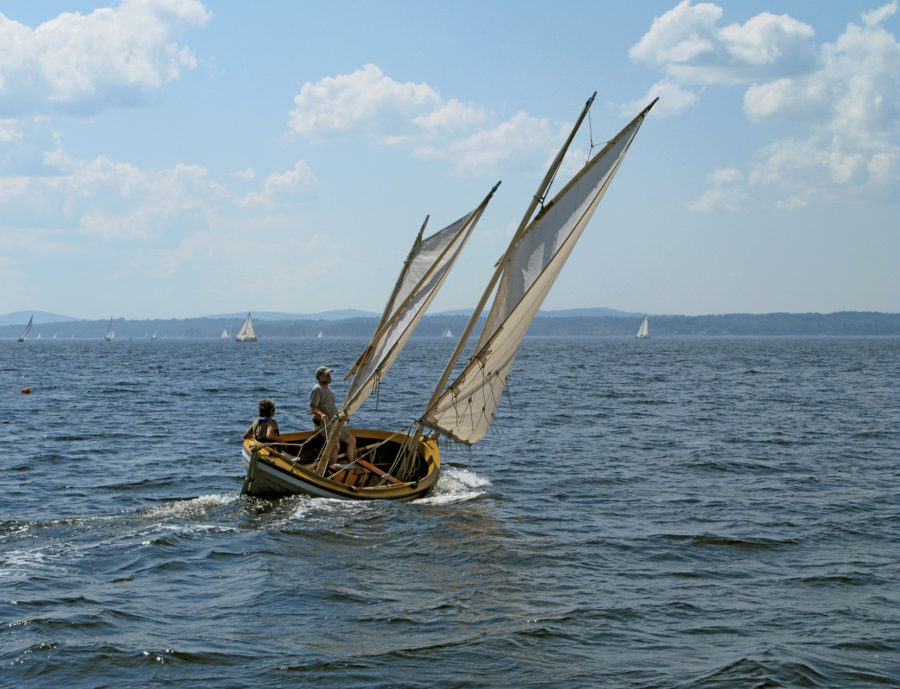
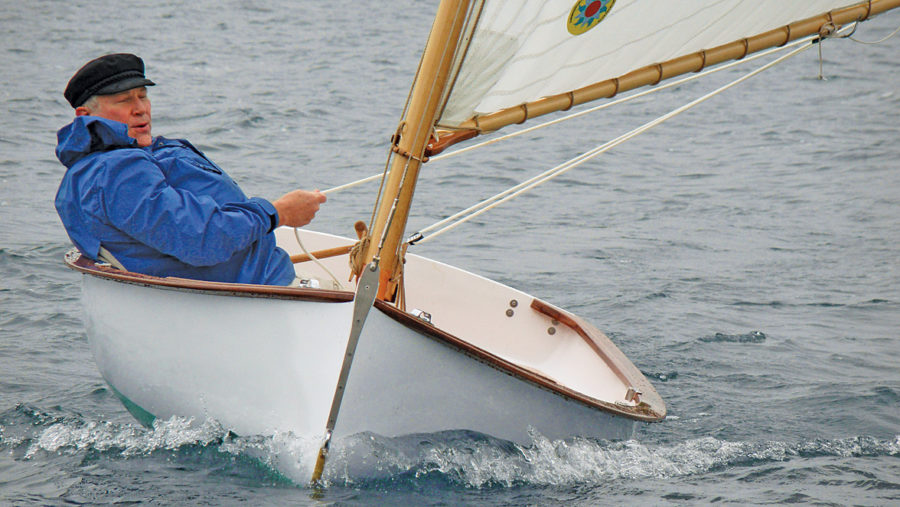
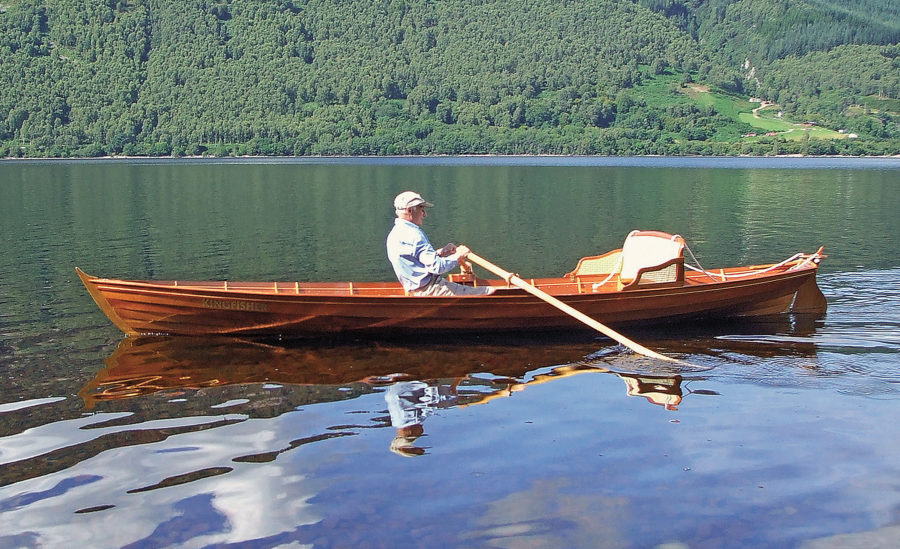
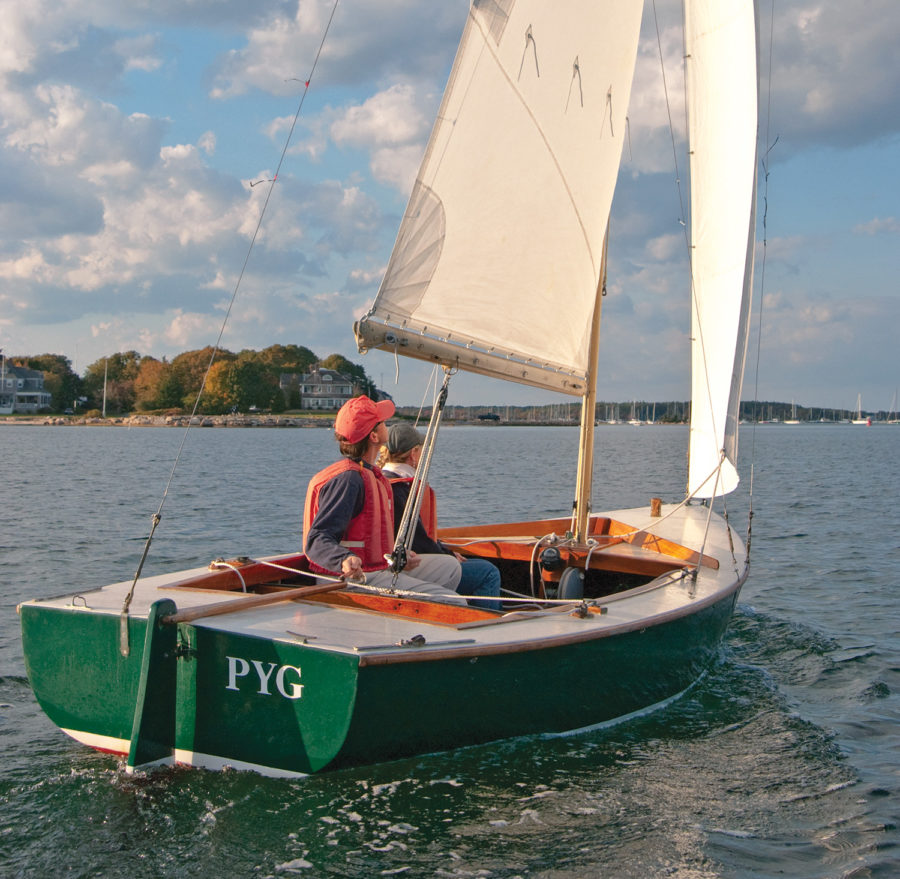
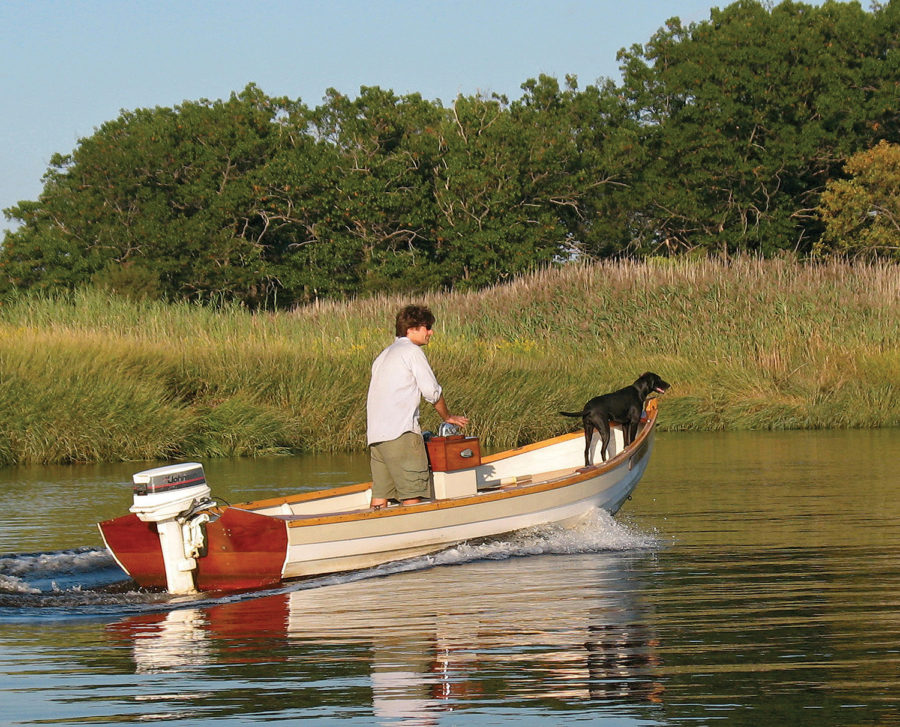

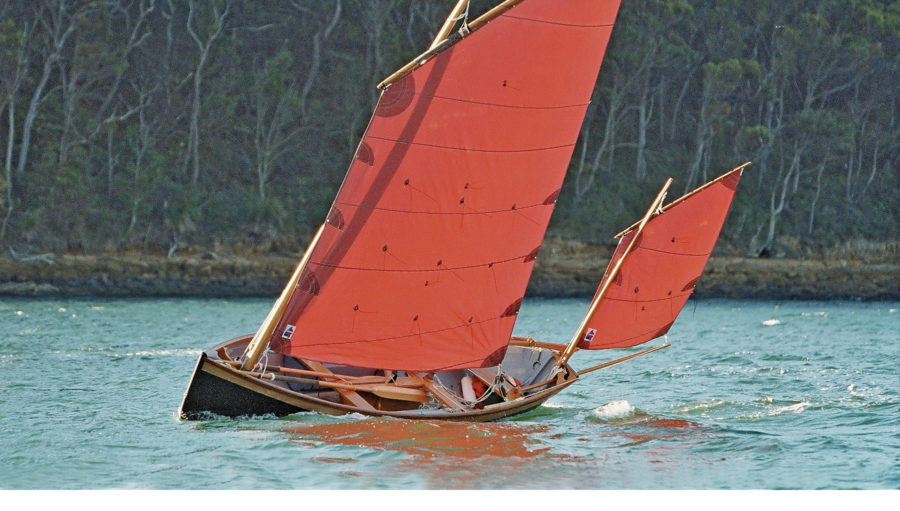
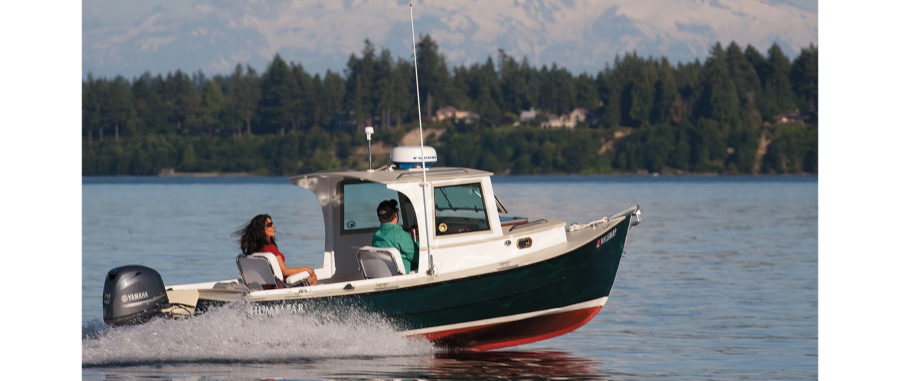
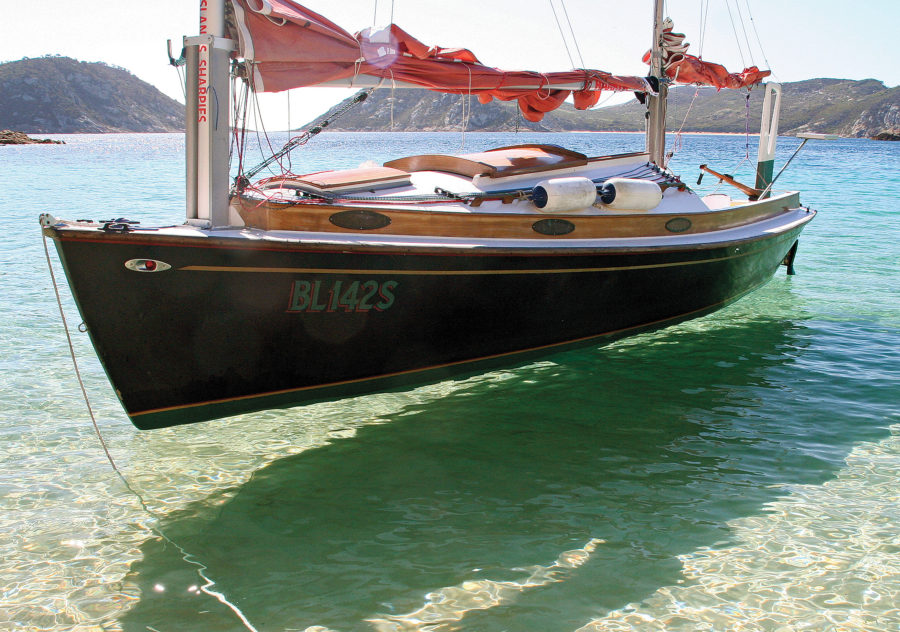
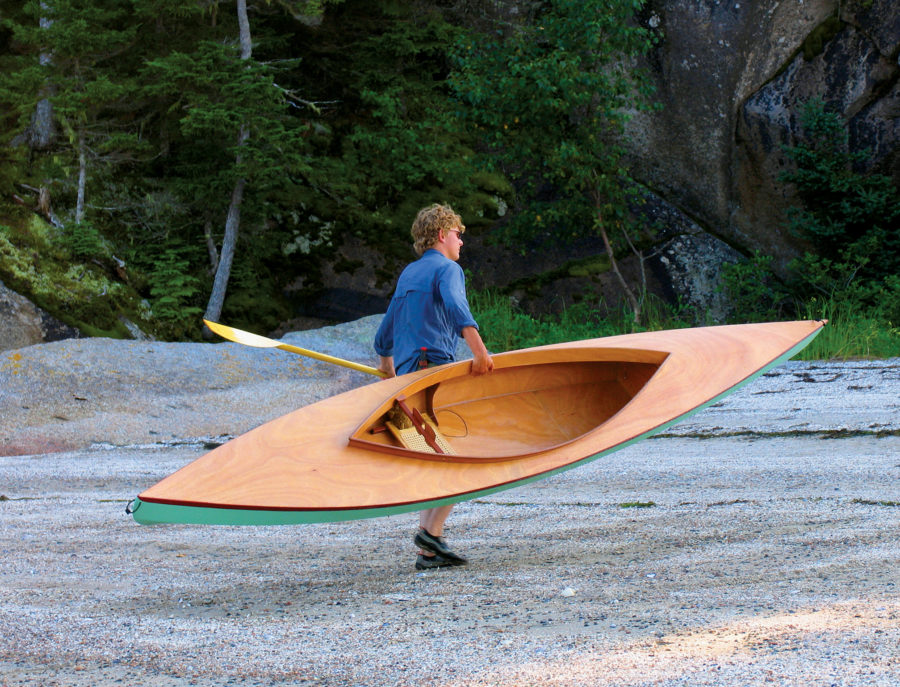
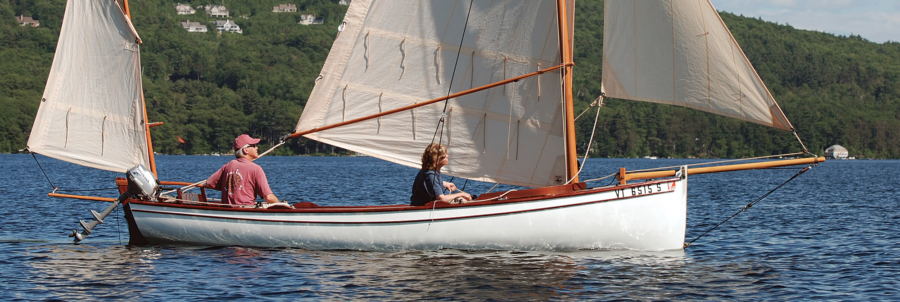
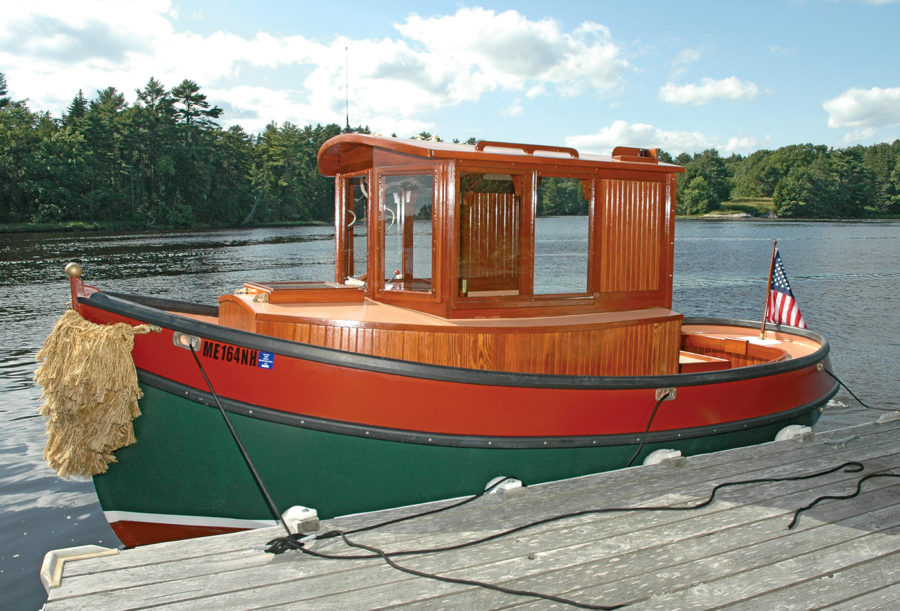
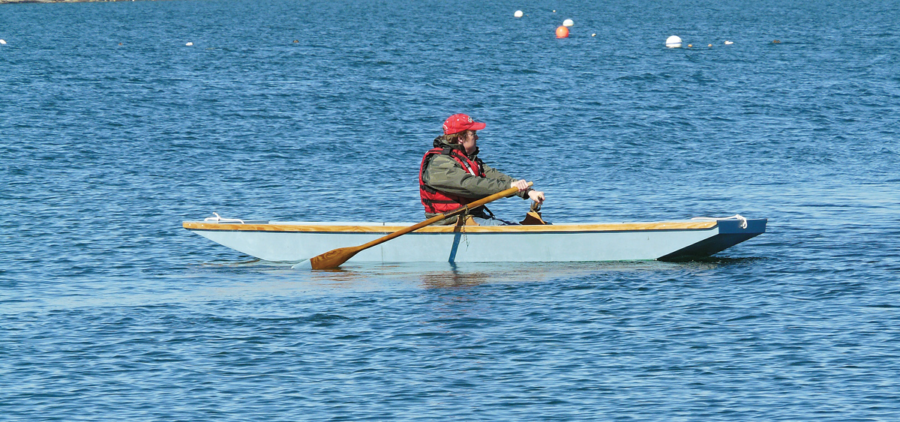
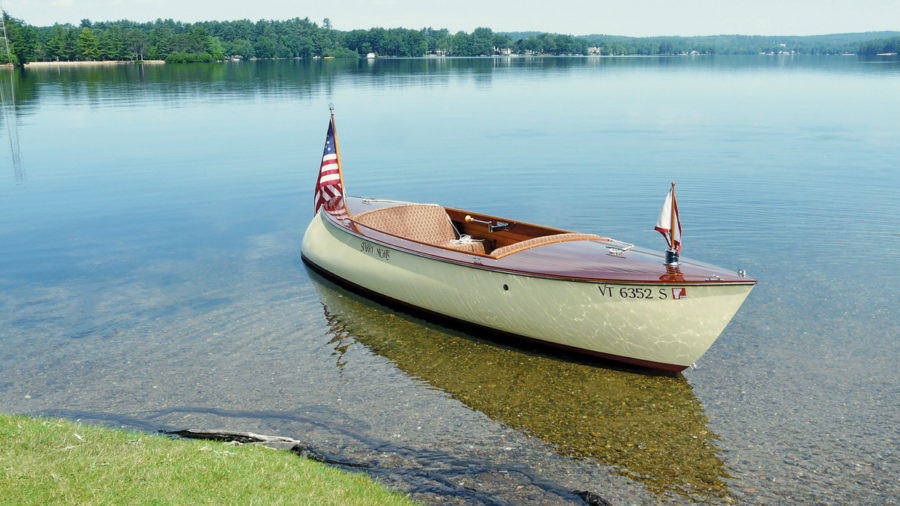
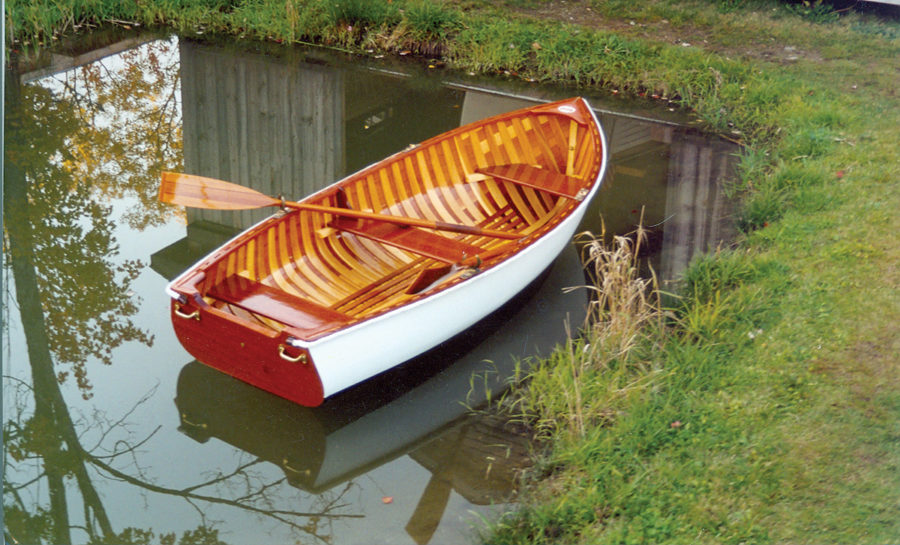
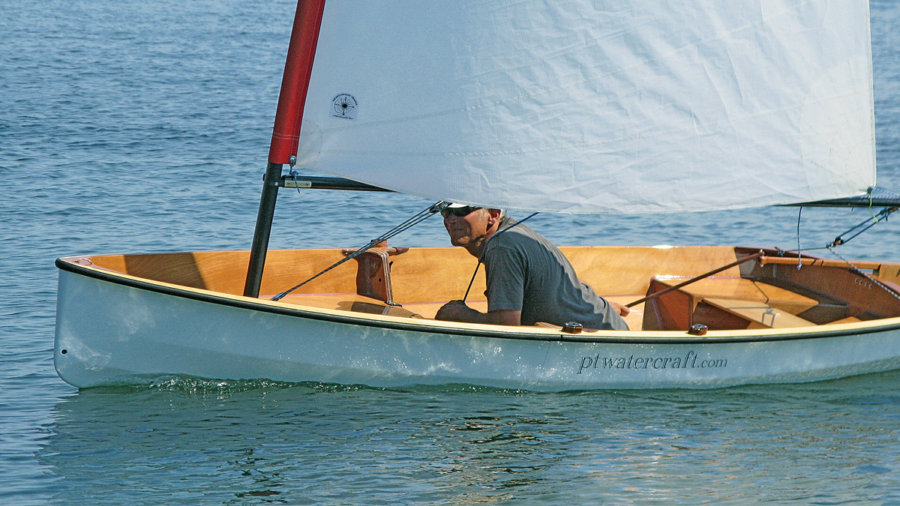
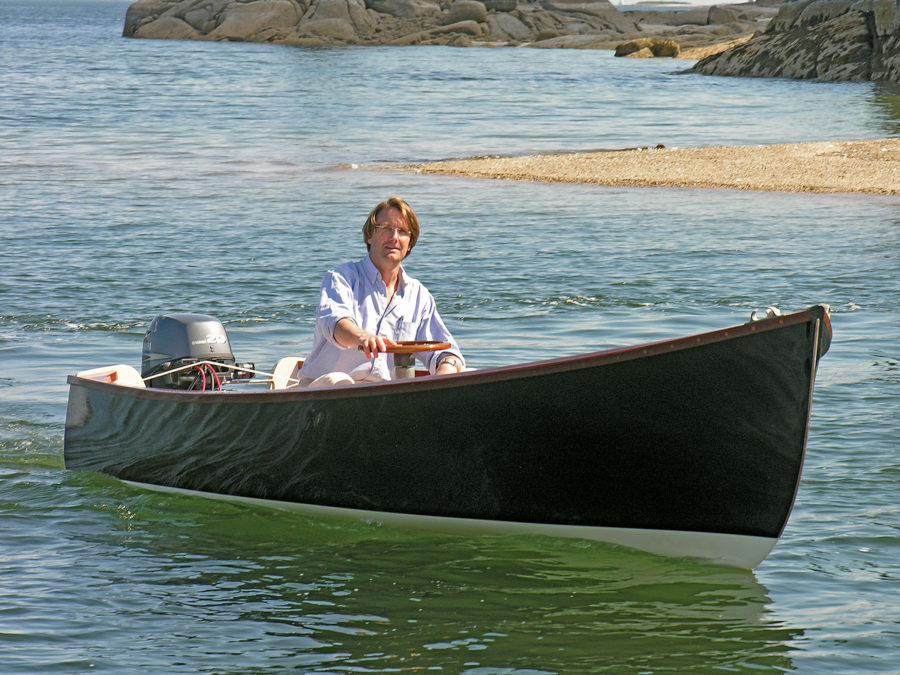
I saw one of these at Russel Brown’s booth at a pre-pandemic Port Townsend Wooden Boat Festival. It was beautifully made, well thought out and totally impressive. Later I watched video of it sailing and my dinghy racing days came back in Technicolour. I am not a cruiser, but if I were I would make one of these boats. It would make your time in harbour so much more interesting and it would put a smile on the faces of many people anchored out. There would be envy.
My brother James M. Armstrong lives in Port Angeles, and is active in boating safety. I’m sure your activities are known to him. He’ll get a post on FB to see what he thinks!
Is the boat for sale? Are plans of this boat available?